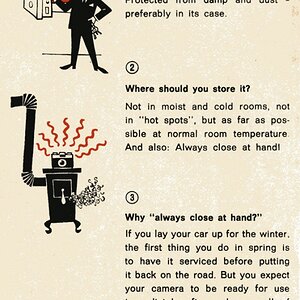dtornabene1
TPF Noob!
- Joined
- Dec 8, 2008
- Messages
- 320
- Reaction score
- 0
- Location
- Chicago, IL
- Website
- www.nticoncepts.com
- Can others edit my Photos
- Photos OK to edit
A quick discussion about color channels.
There are many factors effecting the way an image looks. Many times in this forum, color channel issues are confused for WB.
There are more than two types of images, but to keep it simple, let's just refer to the two most common types, simple RGB and CMYK.
Most people know RGB stands for Red/ Green, and Blue. CMYK stands for Cyan, Magenta, Yellow, and Key (Black). RGB works by subtraction and CMYK works by addition.
Your monitor displays RGB. If you see white on a monitor, all colors (red, green, and blue) are turned on. In CMYK if all colors are turned on, you will get a pure dark black.
We primarily use RGB for images on our computer and for color (some B/W, black and white) photography. CMYK is used for printing press operations. This is why you can send in a photograph to a printer and get a postcard that does not actually look like the one you took. They use different colors.
CMYK and RGB have different color Gamuts (meaning they can reproduce different colors). So CMYK can not accurately reproduces a deep blue for example. Remember, C stands for Cyan which is like a baby blue.
So recently I was asked what I meant by increasing the green. channel in a photograph. Each photograph has a histogram. This histogram is the combination of all three RGB color channels.
You can break down the histogram into its respective color channels, also displayed as a histogram. So, I see blue and red, but green is short. If one where to look at the histogram for each color you can see each colors highs and lows (the point of a histogram).
The point is, we can adjust the image by more than just WB and contrast. Look at the ingredients of a photograph. Just like a fine meal, changing the ingredients, each RGB channel, even a little, make the outcome perfect.
If you have any questions, please feel free to ask. I am sure I am not the only one with a prepress background.
-Nick
This is the original forum the question was asked. By the way, dont question whether or not I am correct about the green channel in the photograph here. Do that in the post below.
http://www.thephotoforum.com/forum/photography-beginners-forum-photo-gallery/150609-overexposed.html
There are many factors effecting the way an image looks. Many times in this forum, color channel issues are confused for WB.
There are more than two types of images, but to keep it simple, let's just refer to the two most common types, simple RGB and CMYK.
Most people know RGB stands for Red/ Green, and Blue. CMYK stands for Cyan, Magenta, Yellow, and Key (Black). RGB works by subtraction and CMYK works by addition.
Your monitor displays RGB. If you see white on a monitor, all colors (red, green, and blue) are turned on. In CMYK if all colors are turned on, you will get a pure dark black.
We primarily use RGB for images on our computer and for color (some B/W, black and white) photography. CMYK is used for printing press operations. This is why you can send in a photograph to a printer and get a postcard that does not actually look like the one you took. They use different colors.
CMYK and RGB have different color Gamuts (meaning they can reproduce different colors). So CMYK can not accurately reproduces a deep blue for example. Remember, C stands for Cyan which is like a baby blue.
So recently I was asked what I meant by increasing the green. channel in a photograph. Each photograph has a histogram. This histogram is the combination of all three RGB color channels.
You can break down the histogram into its respective color channels, also displayed as a histogram. So, I see blue and red, but green is short. If one where to look at the histogram for each color you can see each colors highs and lows (the point of a histogram).
The point is, we can adjust the image by more than just WB and contrast. Look at the ingredients of a photograph. Just like a fine meal, changing the ingredients, each RGB channel, even a little, make the outcome perfect.
If you have any questions, please feel free to ask. I am sure I am not the only one with a prepress background.
-Nick
This is the original forum the question was asked. By the way, dont question whether or not I am correct about the green channel in the photograph here. Do that in the post below.
http://www.thephotoforum.com/forum/photography-beginners-forum-photo-gallery/150609-overexposed.html



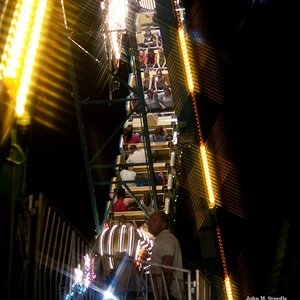
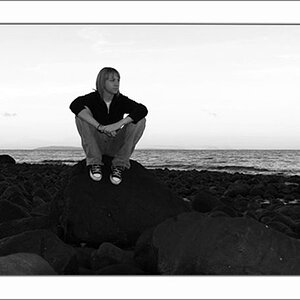

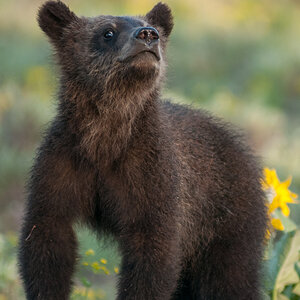

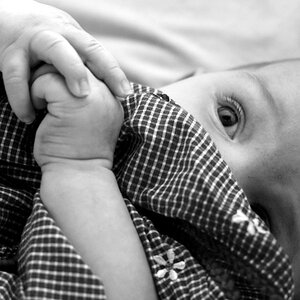
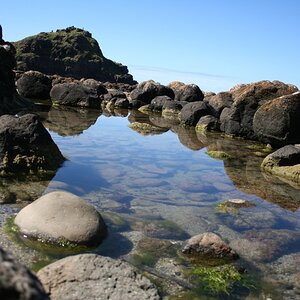
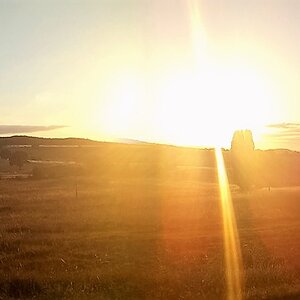
![[No title]](/data/xfmg/thumbnail/31/31043-56e0d1d98f75a901802906faef0a4ab9.jpg?1619734585)
![[No title]](/data/xfmg/thumbnail/31/31742-596f6bbc60b2ba7fed2cd25f5aacf41c.jpg?1619734985)
